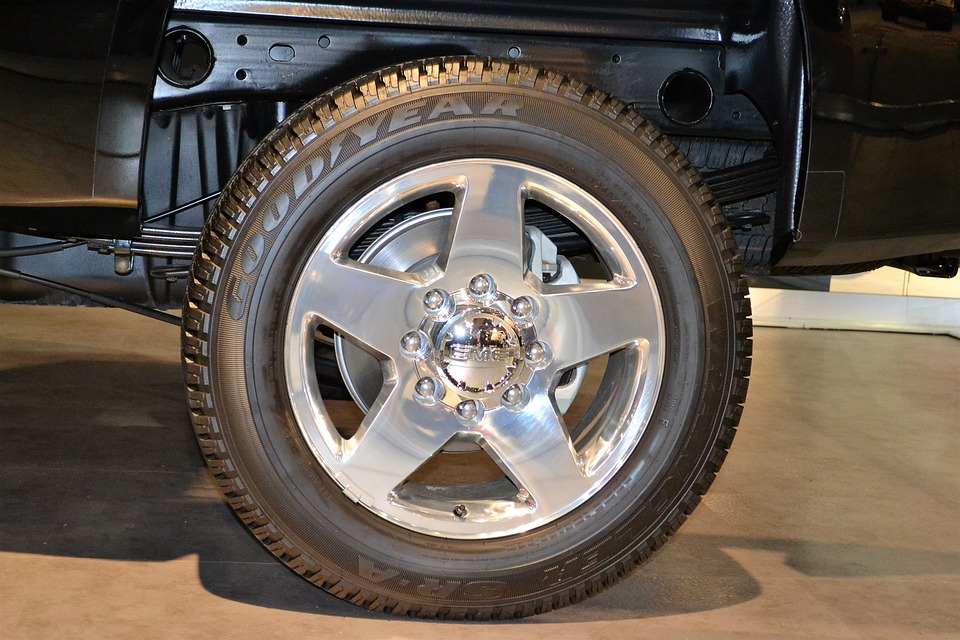A Crash Course of Control Arms and How They Work
10th Mar 2022

Control arms are an important part of automotive suspension systems. Most vehicles have two to four control arms. Depending on what type of vehicle you drive, it may only have lower control arms. Alternatively, it may have both upper and lower control arms. What are control arms exactly, and how do they work?
What Are Control Arms?
Control arms are suspension parts that are designed to connect a vehicle's wheels to the vehicle's frame. They typically consist of an A-shaped piece of metal with a pair of bushings and a ball joint. While available in different styles, all control arms connect the wheels of a vehicle to the frame.
How Control Arms Work
As suspension parts, control arms stabilize vehicles while providing a smoother and less-bumpy ride. They work in conjunction with struts or springs. When driving over bumps, the control arms will allow the struts or springs to absorb shock.
There are types of control arms: upper and lower. Upper control arms are designed to connect the top part of the wheel to the vehicle's frame. Lower control arms, on the other hand, are designed to connect the bottom part of the wheel to the vehicle's frame. Both upper and lower control arms work in conjunction with struts or springs. They connect the wheels to the vehicle's frame so that the rest of the suspension system can absorb shock.
Diagnosing Bad Control Arms: What to Look For
Like most suspension parts, control arms typically don't last forever. Most control arms are good for about 80,000 to 120,000 miles, after which they'll need to be replaced.
The bushings within control arms may wear out. While control arms are typically made of metal, the bushings are made of a softer material. As a result, the bushings can rot, crack or otherwise fail.
If your vehicle has one or more bad control arms, you may experience uneven tread wear. Bad control arms can cause some of your vehicle's tires to wear down more quickly than others. The uneven tread wear will typically occur along the inside of the affected tires, making it difficult to spot.
Another common sign of bad control arms is a popping sound when driving over bumps. Whether it's a hill, speed bump or a slight incline, you may hear a popping sound. This is typically the result of a worn bushing within a control arm. With a worn bushing, the wheel will no longer have a secure connection to your vehicle's frame. Therefore, driving over bumps may cause a popping noise as the bushing essentially disconnects itself for a short period.

